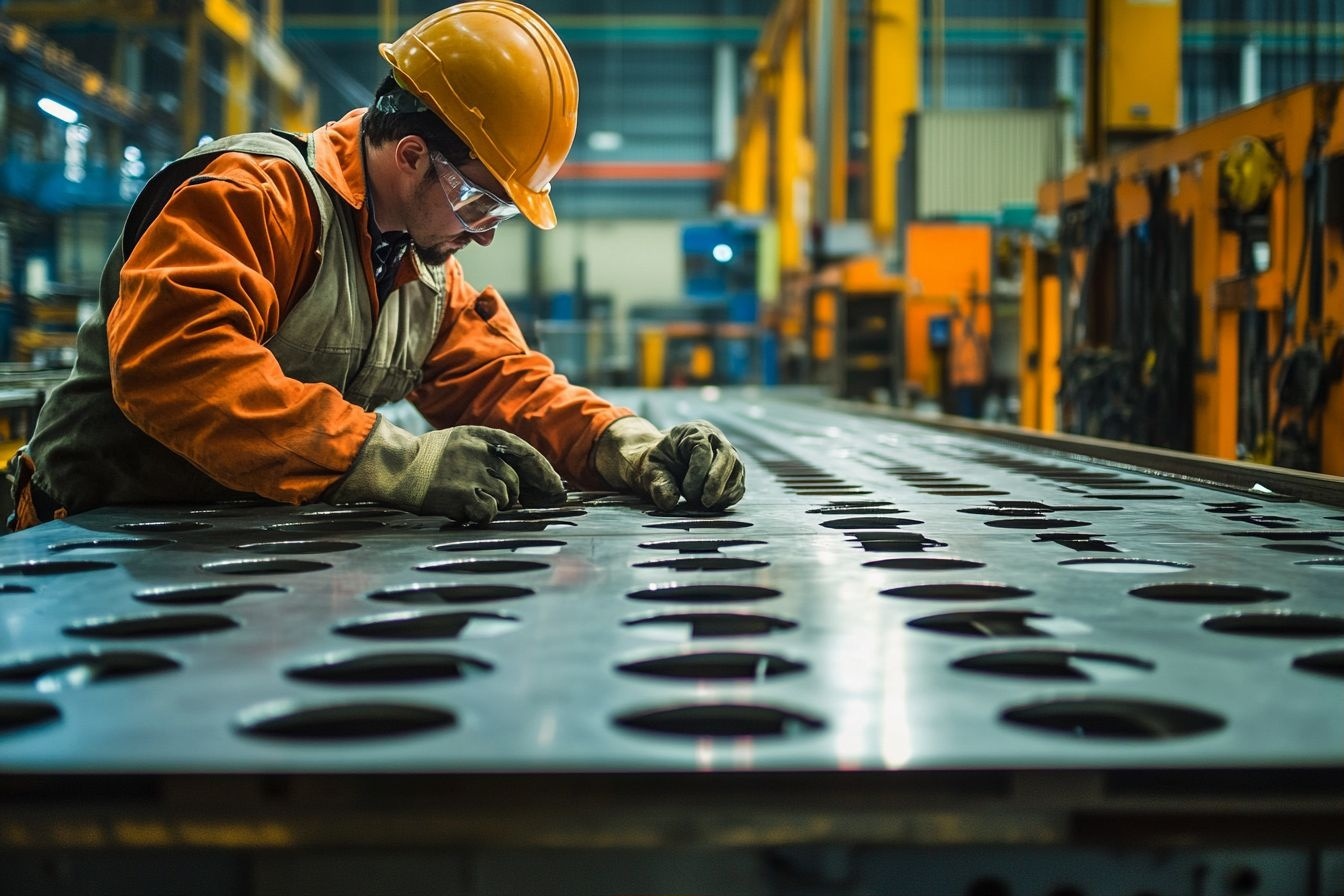"Revisiting the Art of Car Detailing: An In-Depth Look"
The meticulous process of car detailing is a craft often overlooked in the automotive world. Despite its significance in maintaining a vehicle's appearance and value, this practice gets less spotlight compared to the latest car technologies and models. This article presents an in-depth exploration of car detailing, its historical evolution, current trends, and its practical applications.
A Journey Through Time: The Evolution of Car Detailing
Like the automobile itself, car detailing has a rich history, with origins tracing back to the dawn of the automotive era. In the early 19th century, horse-drawn carriages were meticulously cleaned and polished by hand. As automobiles became more widespread, this practice evolved into a more specialized and refined craft. While car detailing was initially linked with luxury cars, it has expanded over the years to encompass a wider range of vehicles, from everyday sedans to high-performance sports cars.
The Science Behind the Shine: Understanding Car Detailing
Car detailing is a comprehensive cleaning and reconditioning process of the interior and exterior parts of a vehicle. It goes beyond the standard car wash to provide a thorough clean that protects your car’s paintwork, enhances its appearance, and boosts its resale value. It involves several steps: washing, drying, claying, polishing, and sealing or waxing. Each step requires specialized tools and techniques, demanding a deep understanding of different car materials and finishes.
Riding the Wave of Trends: Modern Approaches to Car Detailing
In recent years, the car detailing industry has witnessed several trends. Eco-friendly detailing products have gained popularity, reflecting a broader shift towards sustainable practices in the automotive sector. High-tech tools and techniques have also emerged, such as nano-coating and paint correction technology, offering superior protection and finish. Another trend is the rise of mobile detailing services, providing convenience to car owners.
The Impacts and Implications: Why Car Detailing Matters
The benefits of car detailing are manifold. It helps protect the vehicle against environmental damage, such as UV rays, acid rain, and road salt. It also preserves the car’s aesthetic appeal, which contributes to maintaining its resale value. However, car detailing is not without challenges. It requires significant time and effort, and the cost can be prohibitive for some car owners.
The Road Ahead: The Future of Car Detailing
The future of car detailing holds exciting possibilities. Tech-driven innovations, such as machine learning algorithms for surface analysis and robotic process automation, could revolutionize the detailing process, making it more efficient and precise. On the sustainability front, we can expect more biodegradable and non-toxic cleaning products, aligning with the global push for greener practices.
Car detailing might not grab headlines like self-driving cars or electric vehicles, but it remains an essential aspect of car ownership and maintenance. As we delve deeper into the intricacies of car detailing, we gain a newfound appreciation for this often-overlooked art form in the automotive world. With continuous innovation and evolving trends, car detailing is set to become more accessible and effective in the years to come.





